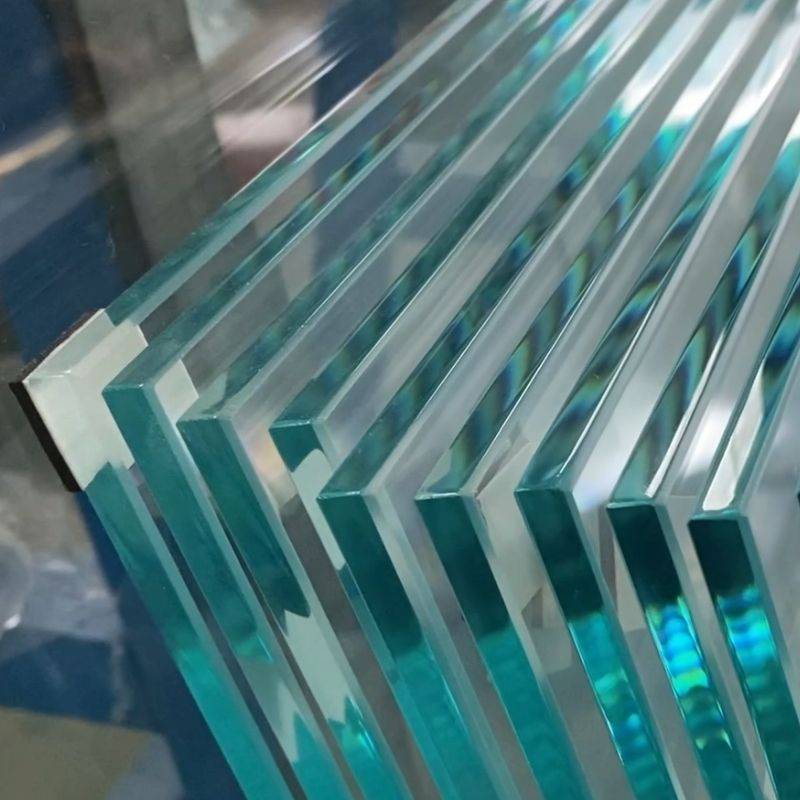

The Price Dynamics of Blue Reflective Glass A Comprehensive Overview
Blue reflective glass has gained popularity in recent years for its aesthetic appeal and functional benefits, finding applications in architectural design, automotive manufacturing, and interior decor. As we explore the pricing of blue reflective glass, several factors come into play, including manufacturing processes, market demand, geographical influences, and usage scenarios.
Understanding Blue Reflective Glass
Blue reflective glass is essentially a type of glass that has been treated with a reflective coating, allowing it to reflect a significant amount of light while allowing some transmission. This property can enhance energy efficiency in buildings by minimizing heat gain from sunlight, thereby reducing air conditioning costs. Additionally, its distinctive blue hue provides a modern and stylish appearance, making it a popular choice among architects and designers.
Factors Influencing Pricing
1. Manufacturing Process The production of blue reflective glass involves a specialized coating process that adds to overall costs. The quality and technology used in the coating process can significantly affect the price. High-quality coatings that improve durability and reflectivity are generally more expensive. Furthermore, the thickness and size of the glass sheets can also influence pricing.
2. Market Demand The demand for blue reflective glass has surged due to the growing trend towards energy-efficient building materials and modern aesthetics. As more architects seek sustainable building solutions, the demand tends to push prices higher, particularly in urban areas where construction is booming. Conversely, in regions with less architectural innovation, demand may be significantly lower, impacting prices.
3. Geographical Variations The location of suppliers and manufacturers plays a critical role in glass pricing. Regions with abundant raw materials or advanced manufacturing capabilities can often offer lower prices. Additionally, shipping costs for transporting glass materials can add to the final price, especially for international purchases. Regional building codes and regulations can also affect the price, as specific certifications may be required for compliance.

4. Usage Scenarios The intended application of blue reflective glass can influence its price. For instance, specialized glass used in high-performance buildings or luxury automobiles may be priced at a premium, while standard reflective glass for residential use could be more affordable. The thickness and technological enhancements (like UV protection) can also add to the cost for specialized applications.
Current Market Trends
As of 2023, the market for blue reflective glass has been experiencing notable shifts. The rising focus on sustainable design, coupled with governmental policies aimed at enhancing energy efficiency in buildings, has stimulated growth in this sector. Moreover, technological advancements in glass treatment and coating processes have led to improved products, which can justify higher price points.
Another trend influencing prices is the increasing number of companies entering the reflective glass market. This influx can create competitive pricing; however, it may also lead to variations in quality. Consumers must navigate these options carefully, balancing cost against the durability and aesthetic appeal of the glass.
Conclusion
The price of blue reflective glass is shaped by a multifaceted interplay of manufacturing processes, market demand, geographical influences, and usage scenarios. As the architecture and construction industries lean more towards sustainability, the significance of blue reflective glass is likely to grow, prompting further analysis of its pricing dynamics. As consumers and businesses familiarize themselves with the benefits of this type of glass, understanding these factors becomes crucial for making informed purchasing decisions.
In summary, while blue reflective glass offers significant benefits, including aesthetic appeal and energy efficiency, its price is subject to various influences. Stakeholders in the market—including manufacturers, suppliers, architects, and homeowners—must stay informed about these dynamics to navigate the evolving landscape of blue reflective glass effectively. The coming years will undoubtedly shape the future of this material, and those who adapt will find opportunities within this growing market.